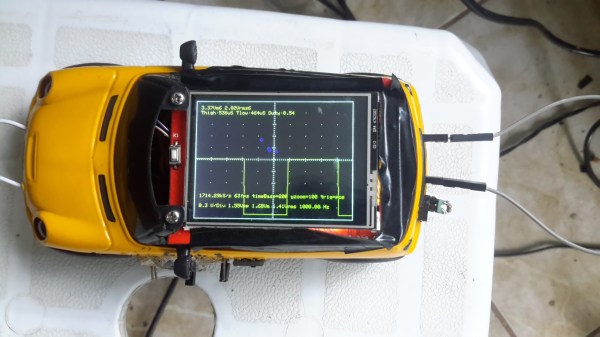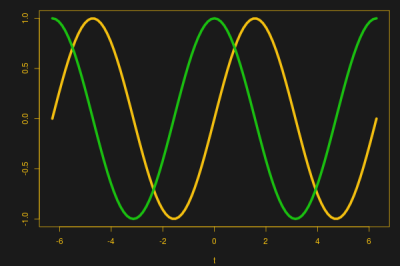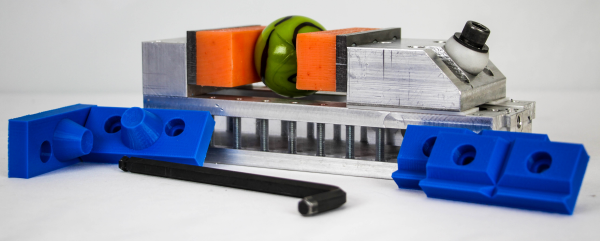The Hippopotamus is the most dangerous large animal in Africa. The Internet of Things will kill us all. What do you get when you combine the two? Hungry hungry. [Mike] took the classic game Hungry Hungry Hippos and turned it into an amazing and amusing Internet of Things device with voice recognition and machine vision.
Hungry Hungry Hippos is a child’s (board?) game designed to teach children the virtue of gluttony. The board is surrounded by four lever-actuated plastic hippopotami, and the object of the game is to mash a lever and collect marbles in the mouths of these piggish pachyderms. [Mike] automated this game with four servos connected to these levers, with each servo controlled by a W65C265SXB single board computer. Yes, this project has code written in 6502 assembly.
Taking this a step further, [Mike] is using a Playstation 3 camera connected to a netbook for image processing. When the camera detects a marble in front of a particular hippo, that hippo becomes hungry hungry. Autoplaying Hungry Hungry Hippos. What a fantastic time to be alive.
The Internet of things connectivity? [Mike] also made these hippos controllable via Amazon’s Alexa with the help of an Electric Imp. To activate the blue hippo, all [Mike] needs to say is, “Alexa, tell game that blue hippo needs to eat.” It’s an Internet of Things computer vision AI hippopotamus. We all knew technology was eating us alive, but we never thought technology was hungry hungry.
You can check out [Mike]’s demo videos below.






















